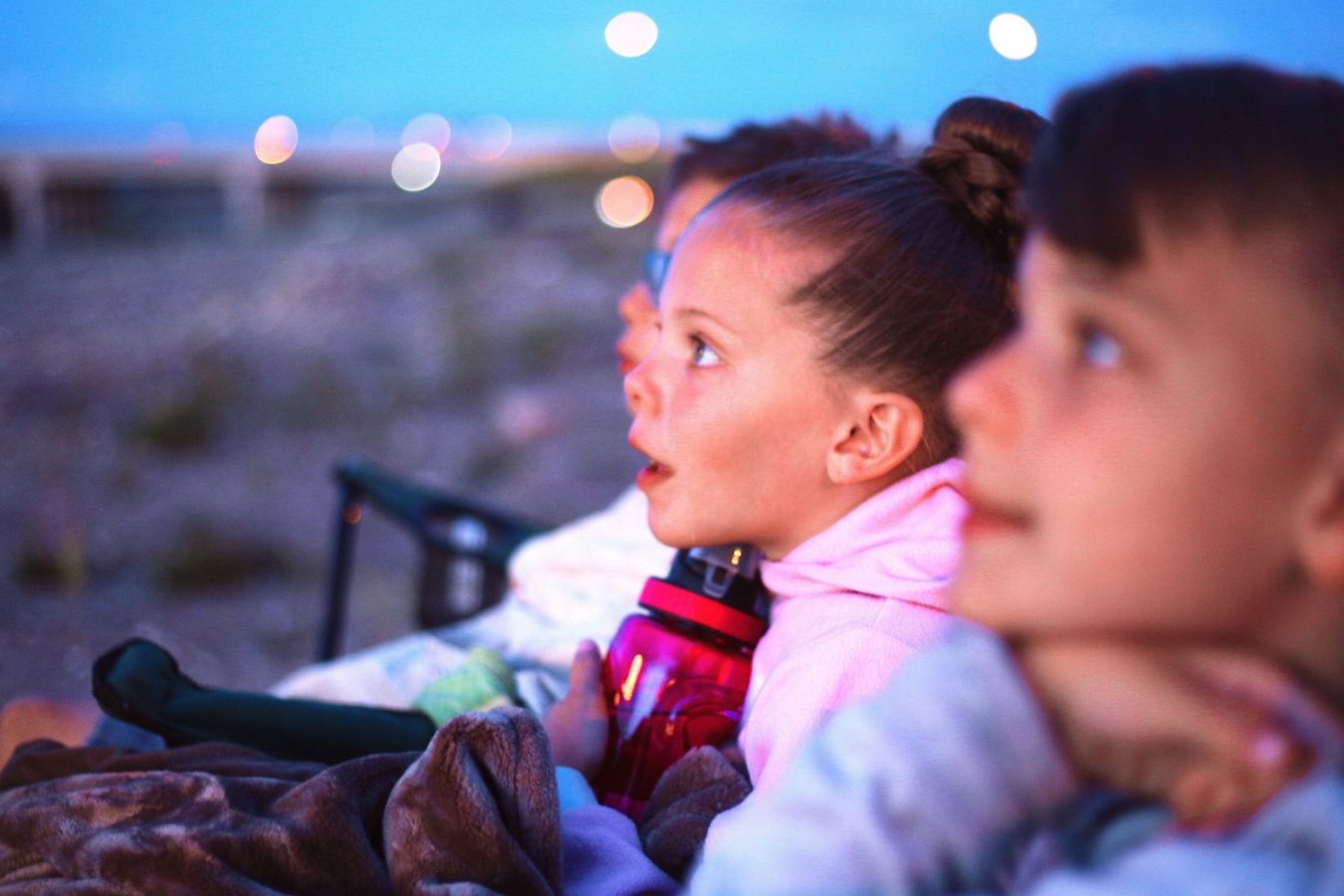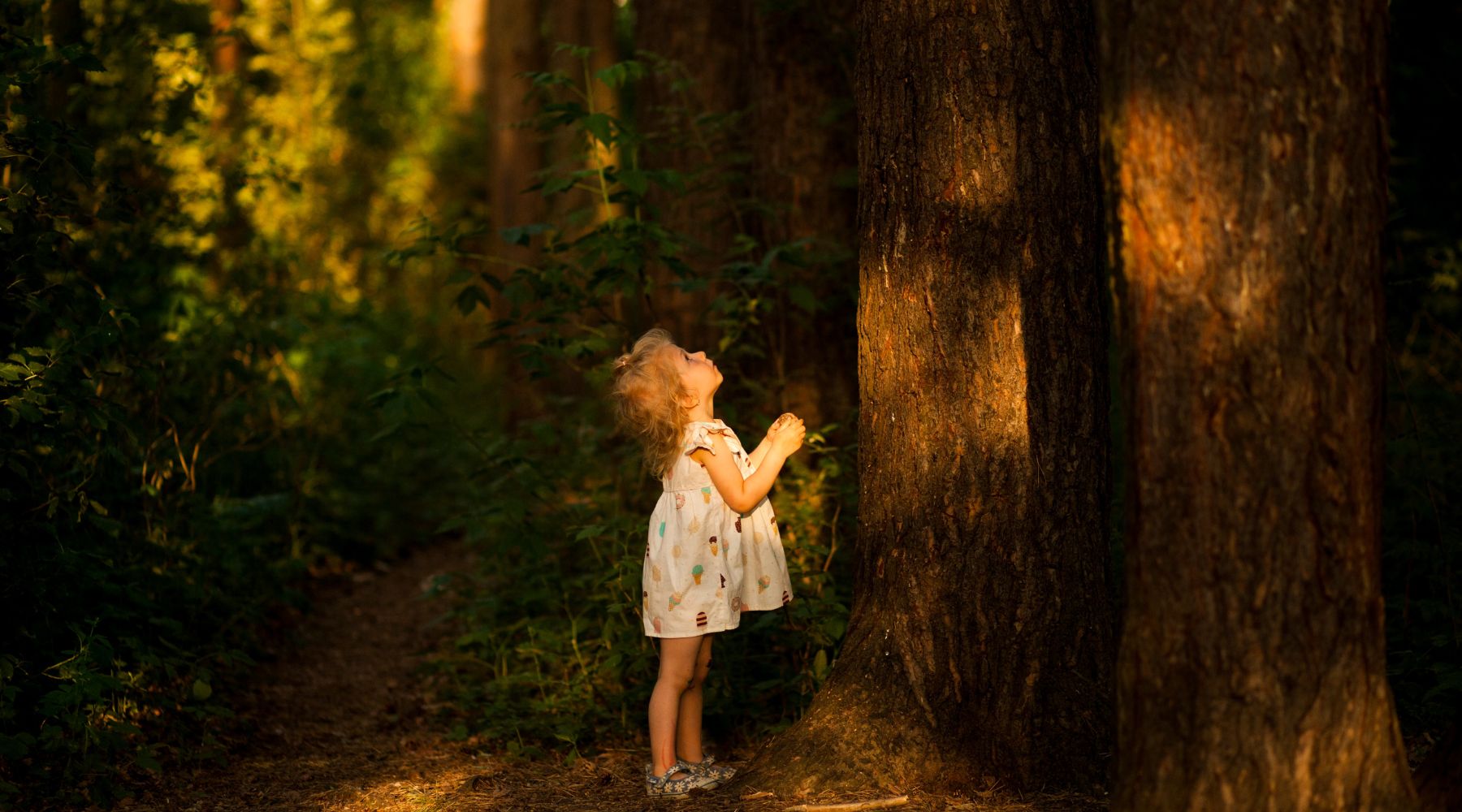
The world is full of awe and wonder, you just need to know where to look for it. Here, ISV's Diane Bourke explains the benefits of awe-inducing experiences, and how parents can unlock the magic for their children, and themselves.
During the last two decades, an increasing number of researchers have highlighted the positive effects of awe-inducing experiences on individuals.
Awe can be defined as a feeling of amazement and transcendence in response to something vast (or small) that challenges our understanding of the world. Awe is a complex emotion that can sometimes be confused with other emotions due to its multifaceted nature. Wonder is linked to awe in that it inspires the desire to understand awe-inspiring phenomena.
Dacher Keltner, a psychology professor at the University of California, Berkeley, and founding director of the Greater Good Science Centre, has done extensive research on the emotion of awe. He suggests that awe can be found in everyday life and can be cultivated through simple practices.
When it comes to children, Keltner’s research suggests that brief experiences of awe can shift their attention away from themselves and towards their surroundings. Keltner believes that cultivating awe in children can foster a sense of interconnectedness and reduce excessive self-focus, potentially leading to kinder, more environmentally friendly, and better-connected individuals. This outward orientation can reduce feelings of narcissism and entitlement.
Other research suggests awe-inducing experiences in childhood promote curiosity, which in turn, encourages learning and knowledge acquisition. Children exposed to awe-inspiring environments display a greater interest in exploring their surroundings and understanding the world around them. In essence, awe stimulates creativity, expands children’s minds, emotions, and worldviews in ways that facilitate learning, empathy, happiness, and an understanding of their place in the larger universe. Providing opportunities for children to experience awe is highly beneficial for their development.
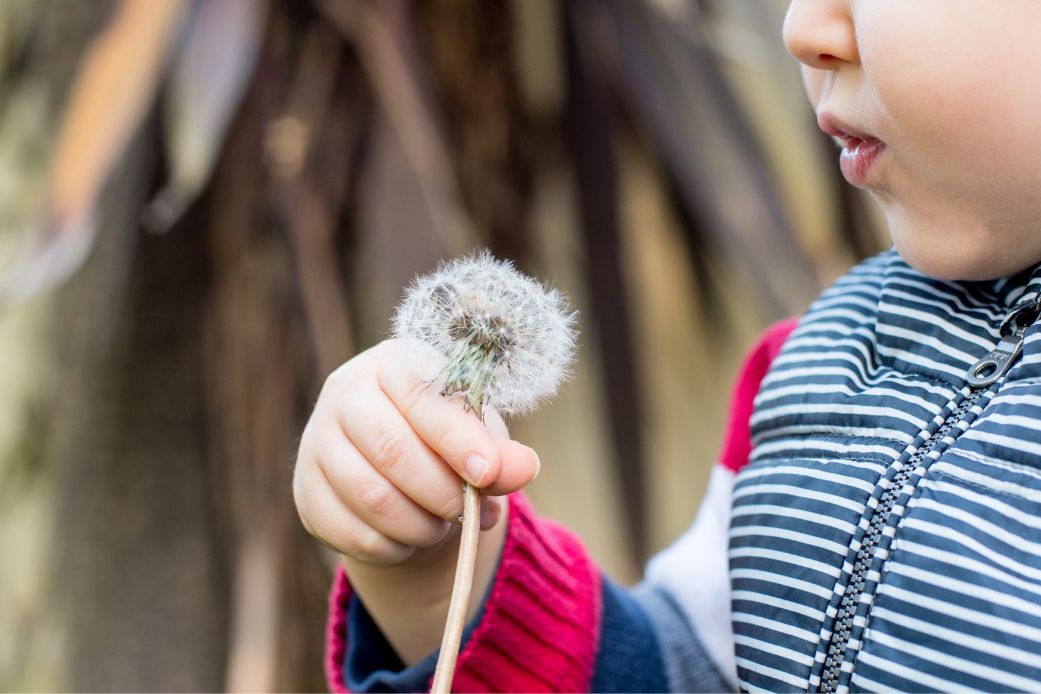
Research suggests that children are born with this sense of wonder and curiosity, eliciting wide-eyed responses to anything that piques their curiosity. This curiosity and openness to new experiences is crucial for cognitive development. The initial wonder develops into awe as children’s cognitive abilities develop and their capacity to experience awe expands. Ultimately experiencing both wonder and awe allows children to fully appreciate the vast mysteries of the world, inspire an inquisitive mindset and a wish to explore and learn more.
Dacher Keltner shares the insights of Rachael Carson, whose legacy continues to inspire environmentalists. Carson, a marine biologist and conservationist, wrote extensively on the impact of nature and awe for children. Carson firmly believed that children possess an innate sense of awe, a fresh unfiltered view of the world. She emphasised that children need the companionship of at least one adult who can share this wonder and excitement for the mystery of the natural world. She assured parents that they need not be naturalists with extensive knowledge to guide their children toward feeling a sense of awe, but merely a receptivity to using their senses, sight, touch, hearing, and smell, to help them explore nature. At one stage, Carson even pleaded with invisible fairy godmothers who, at a child’s Christening, would grant them a sense of wonder, so indestructible that it would last throughout their life.
Richard Louv, author of Last Child in the Woods: Saving our Children from Nature-Deficit Disorder, shares Rachael Carson’s outlook, particularly in his passion for connecting people, especially children, to the natural world.
Louv introduced the term ‘nature deficit disorder’ to describe the problems that could be attributed to childhood isolation from nature, where awe is often found. Louv believes that early childhood experiences in nature profoundly influence a child’s physiological, emotional, and social development. According to Louv’s findings, children disconnected from the outdoors are very unlikely to be concerned about nature and awe-inspiring experiences. This aligns with Carson’s advocacy for the importance of nature in a child’s development and her belief in the profound influence of early experiences in nature.
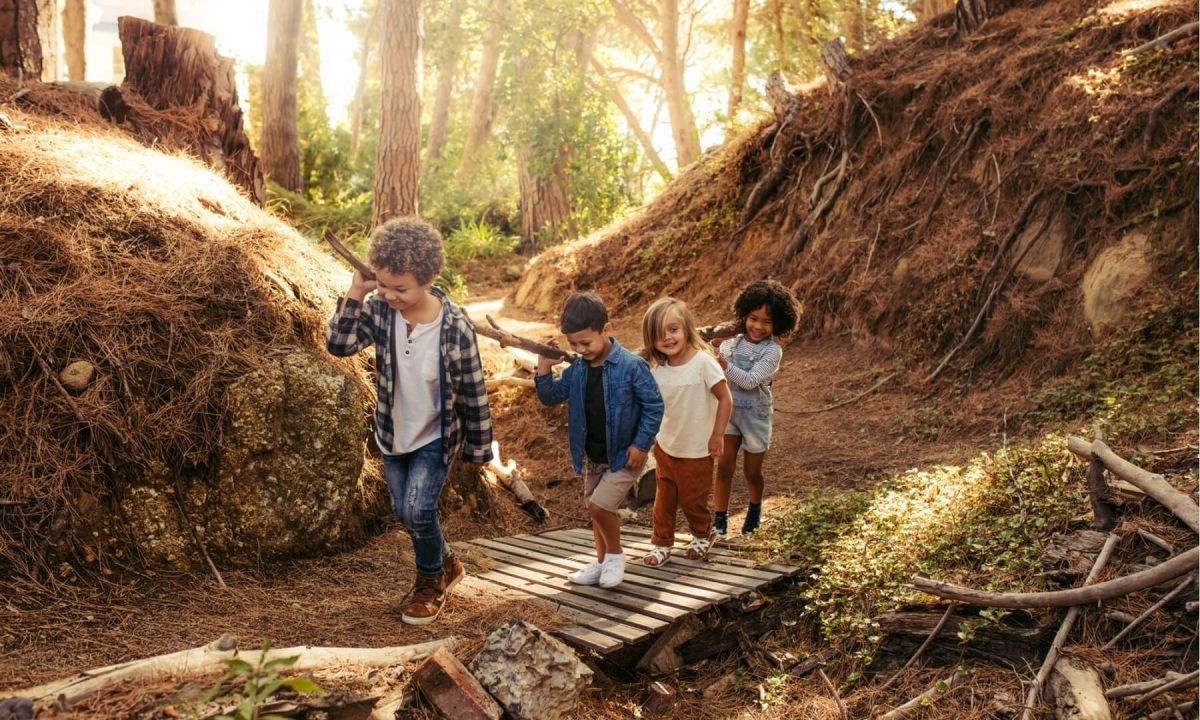
According to Dacher Keltner, children’s opportunities to experience awe could be decreasing in our modern world, due to factors such as reduced time in nature and exposure to the natural world. Less free play and open-ended exploration in favour of scheduled activities and the ubiquity of technology and digital entertainment can distract from awe-inspiring experiences.
It is possible that this ‘awe deprivation’ is contributing to rising rates of stress, anxiety, depression, and other mental health issues in young people. We must therefore keep in mind how important awe-generating experiences are for children’s cognitive, social, and emotional development.
It is important to keep in mind that there are many things adults can do to grow a sense of awe and wonder in children and in doing so give them the passport to unlocking the magic within themselves. And the beauty is that it’s never too young to begin.
Be a role model of Awe and Wonder to help children see it as important.
- Convey your joy, amazement, and curiosity when observing and exploring the world.
- Become immersed in the fun and creativity of play with children.
- Become engrossed and invigorated when reading stories or storytelling.
- Encourage questions and ask questions.
Arrange Close Encounters with Nature
- Head out on nature walks witnessing natural phenomena, plants, and animals.
- Raise butterflies, grow plants, breed axolotls.
- Devote time for the outdoors, look at the night sky, climb a hill, or take off on a holiday along the Great Ocean Road or visit The Prom.
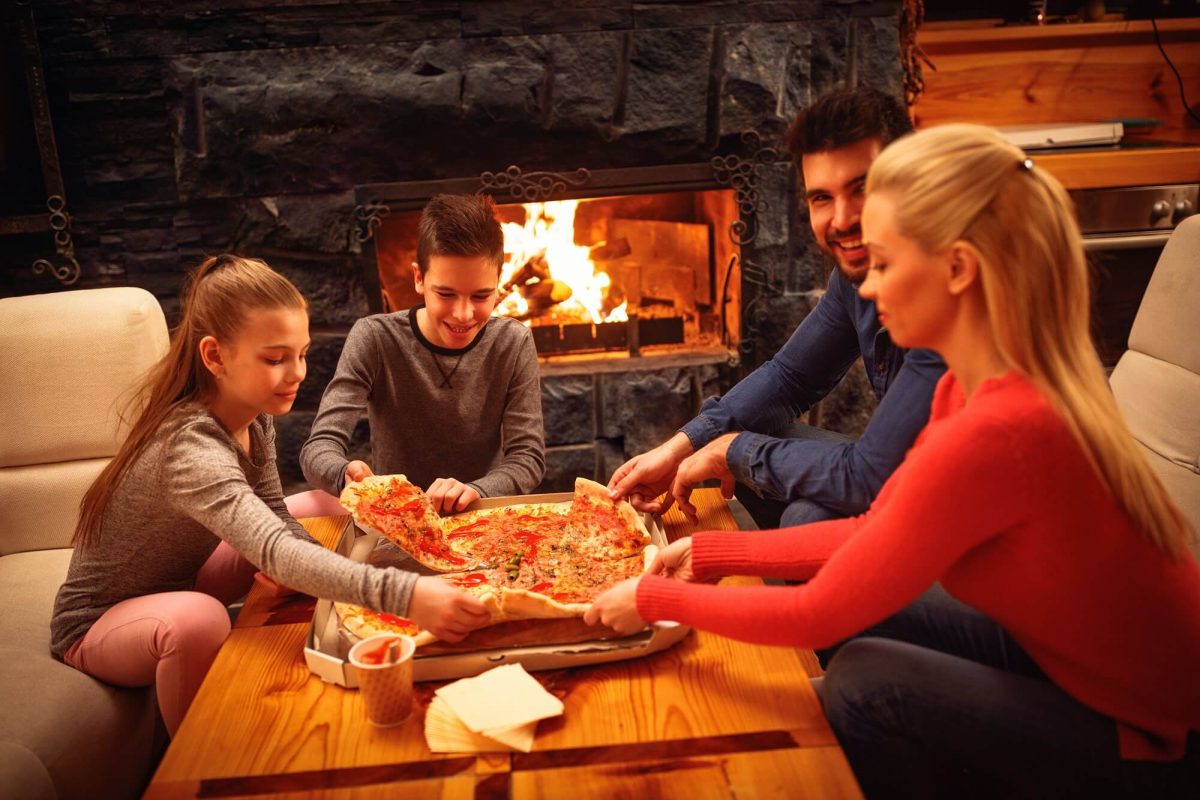
Provide Openings for Curiosity Driven Adventure.
- Let children freely experiment and explore (safely, of course)
- Choose play activities based on their own interests.
- Visit a museum, art gallery or a zoo.
- Simple science experiments can also be awe-inspiring. Watch a volcano erupt with baking soda and vinegar, or see a rainbow form through a prism.
Use Wonder-Inspiring Resources.
- Read beautifully illustrated books on nature or science.
- Watch movies that inspire.
- Select media that can expose children to new wonders.
- Watch live music, circus, or dance performances.
Initiate Rituals and Slow Down
- Develop family rituals that incorporate beauty, stillness, and presence.
- Slow down from hurried and busy schedules to allow for play and absurdity, giving space for wonder to emerge.
- Notice and discuss small, everyday wonders.
- Share your most awe-inspiring experiences with children and encourage them to do the same…perhaps, within families, over the evening meal.
Parents might like to pull together some of these prompts and begin today. Why not share some bioluminescent wonder with the children? You can do this without the need to swim in the ocean. The Brilliance of Bioluminescence (a Leslie Kenna YouTube clip) is a great beginning, as is Julia Kuo’s picture book Luminous Living Things That Light Up the Night.
Rachael Carson recounted to a friend a magical encounter with nature. She described a bioluminescent wonderland where the surf sparkled with diamonds and emeralds. Fireflies flitted above the water, their lights reflecting like tiny headlamps. Carson marvelled at the interconnectedness of life, the fireflies mistaking the ocean’s glimmers for their own kind, signalling in an age-old dance of light.
Julia Baird also had a profound experience in a bioluminescent sea, which inspired the title of her recent book, Phosphorescence.
In summary, the goal is not to force or impose awe, but to create an environment where awe can naturally occur. It’s about opening children’s minds to the wonders of the world around them. In the words of Albert Einstein who wrote to his friend later in life. ‘People like you and me never grow old. We never cease to stand like curious children before the great mystery into which we were born.’ I hope too, this becomes a mantra for your children.
About Diane Bourke
Diane Bourke is a Project Manager for Independent Schools Victoria. She was Head of Junior School, Campbell House, at The Geelong College for 16 years, and Head of Junior School, Morris Hall, Melbourne Girls Grammar for 15 years.
Like this post? Please share using the buttons on this page.
Stay up to date with our newsletter here
